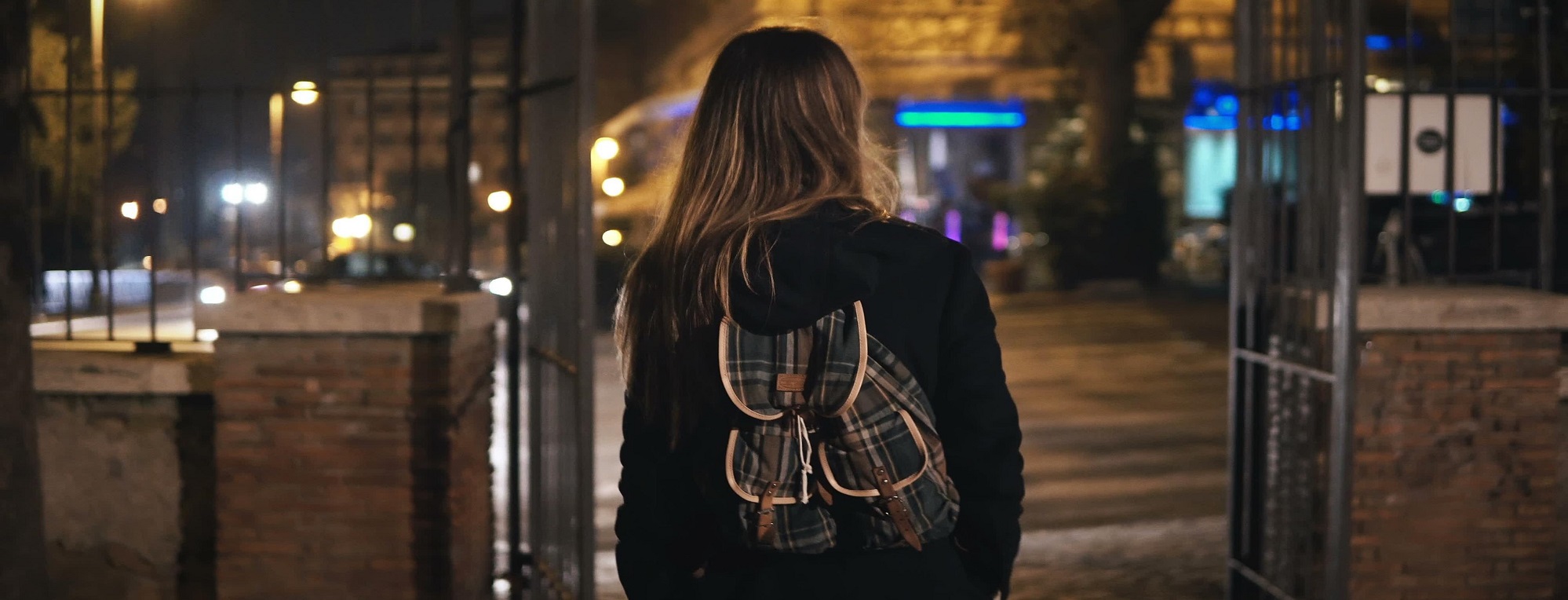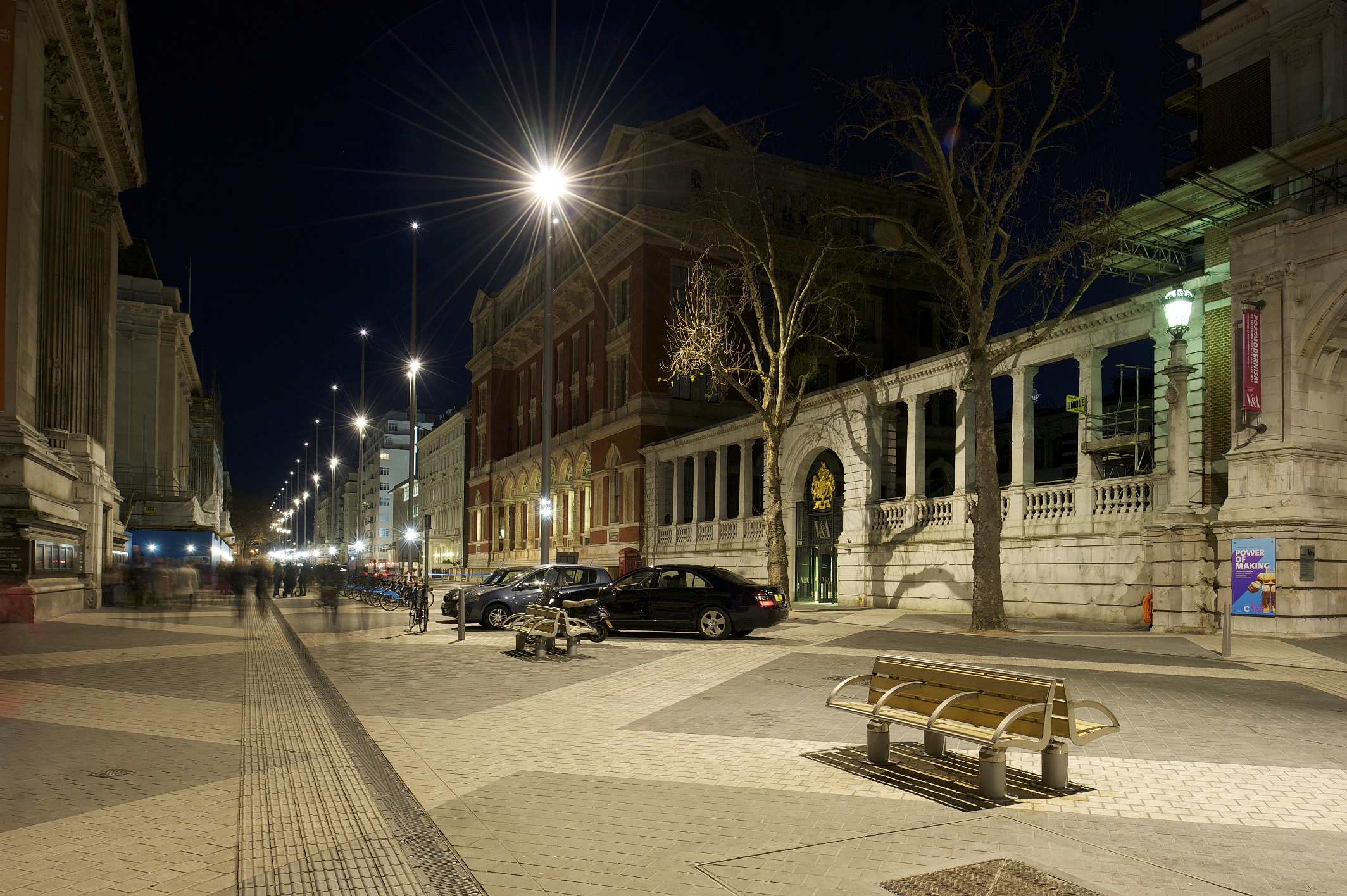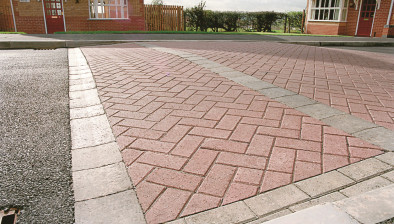Marshalls urges housing providers to consider safety during darker hours

Research found that nearly a quarter of people avoid residential streets after dark
A set of key design principles should be considered by housing providers so residents feel safe in their developments’ shared spaces after dark, according to a new white paper.
Released in line with the clocks going back on Sunday 30th October, the paper revealed that four out of five people feel more unsafe when it’s dark in public spaces and are, on average, 12 times more likely to avoid such areas than in daylight hours.
The Creating Safer Spaces white paper, by hard landscaping and building materials specialist Marshalls, highlights the significant difference between how the public view areas at different times of the day and outlines a series of design pillars that housing providers should consider to ensure safety is more integrated into areas such as green spaces, pathways and estate access roads.
As part of the research, Marshalls found that residential streets were considered the safest of all public spaces, yet nearly a quarter (24%) said they still avoided them after dark. It also found that parks and gardens were viewed the least safe spaces when it’s dark, with 80% of people avoiding them during this time – 40 times higher than in the daytime.
As part of its Creating Safer Spaces white paper, Marshalls also explores the reasons for the public’s heightened awareness of safety in dark hours. People cited poor visibility as an issue, whereby potential dangers or hazards are concealed or out of sight. A lack of ‘social presence’ from less use of spaces by people when it’s dark was also raised as a reason for safety concern.
Translating perceptions into actions, the results showed people commonly change their behaviour to improve their perceived levels of safety when out in public. The most frequent modification was walking a longer route that is busier and/or better lit (64%), followed by crossing the street to avoid others (58%). Further changes included only wearing one earphone or listening at a lower volume (32%) and carrying a personal alarm (11%).
To support housing providers in creating shared spaces where people feel safe from day through to night, Marshalls has outlined seven best practice design pillars within its white paper. Covering principles from vision and wayfinding, to acoustics and technology, these considerations should be used by industry to provoke fresh thinking and debate, according to Marshalls.

Johanna Elvidge, head of design at Marshalls, said: “Simple design choices such as the height of a hedge or the use of textured materials, for example, can have a big impact on whether people feel and are safe in our shared spaces. However, at present principles such as designing wayfinding and acoustics for when it’s dark are often overlooked when planning schemes. By considering safety during the feasibility and concept stages, the principles of ‘designing for dark’ can be seamlessly integrated and even enhance other key principles including biodiversity and accessibility with compelling consequences.”
As well as evidencing the effects of perceived safety at an individual level, Marshalls’ Creating Safer Spaces white paper explores the macro consequences of when, conversely, public spaces are designed and built with safety, at all times of the day, in mind. These range from improved mental and physical health, impact on climate change and economic growth.
Johanna added: “If people don’t feel safe in public spaces when it’s dark then it can limit their opportunities in life; from education, training and employment, to fitness, socialising and access to cultural activities. Not only does this impact them as an individual, but it has knock-on consequences to their local communities, society, the economy and environment.”
Commenting on the white paper and the wider issue of improving safety in public spaces, John Hayward-Cripps, chief executive officer at Neighbourhood Watch, said: “We know from our own members and research, fear of crime affects people’s behaviour in public spaces from avoiding parks when it is dark or only walking in well-lit areas to not going out at all. Two groups of young people we are working with in Nottingham and Mansfield recently identified street lighting as the number one thing that they think would improve their communities.
“By highlighting the need for designers and planners to take account of best practice in making public spaces safe for everyone, all of the time, we can help bring communities together. Reducing the fear of crime and connecting communities is the core aim of Neighbourhood Watch and we are delighted to be supporting Marshalls in their report and drive to highlight what makes people safer and feel safer in public spaces.”

















